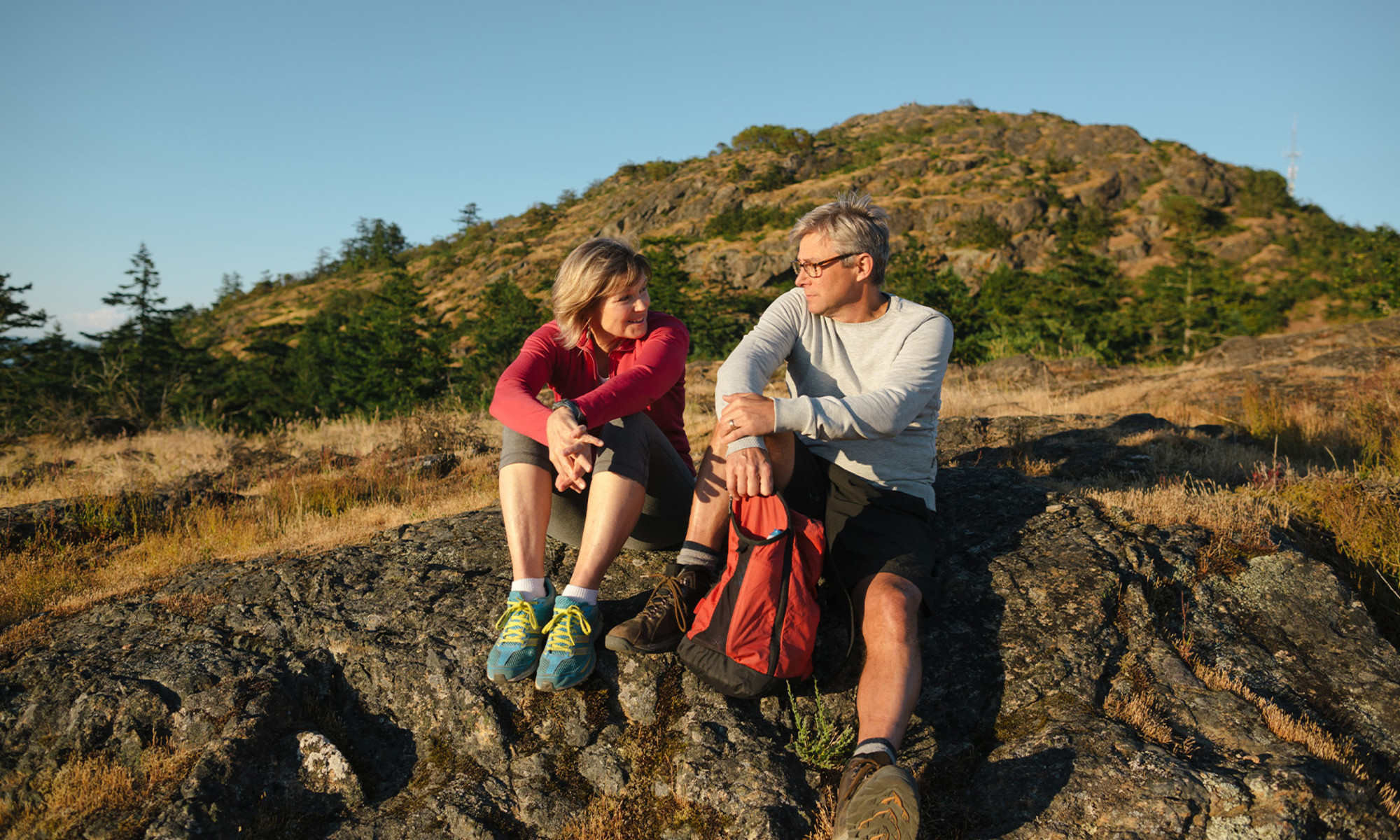Lyme Cases Are Skyrocketing: The Top 3 Ways To Protect Yourself
Don't brush off these early symptoms.

Image by Rob and Julia Campbell / Stocksy August 8, 2023 Our editors have independently chosen the products listed on this page. If you purchase something mentioned in this article, we may Lyme disease is not only a common diagnosis in my practice, but it’s a topic that generates a lot of questions among patients—and for a good reason. Between 2007 and 2021, cases increased1 by 357 percent in rural areas and by 65 percent in urban locations. Today, nearly half a million people are diagnosed annually. Numerous factors are converging to create the jump we’ve seen in Lyme disease, but let’s focus on the most prominent: 
Advertisement
This ad is displayed using third party content and we do not control its accessibility features.
What’s driving the increase in Lyme diagnoses?
Since ticks spend most of their lives on trees and shrubs, they’re more susceptible to temperature shifts. Warmer temperatures due to climate change have nurtured the tick population, lengthened their active season, and expanded their territory into habitats that would otherwise have been too cold. When we burn fossil fuels, we release more carbon dioxide into the atmosphere, causing temperatures to rise. These temperatures are more hospitable for bacteria carriers2 like ticks.
Advertisement
This ad is displayed using third party content and we do not control its accessibility features.
During the pandemic, many of us ventured outdoors for enjoyment and relaxation. Understandably, that trend has continued. In one survey on 2,000 homeowners, participants spent an average of 14 hours per week outside—an increase of three hours since the outbreak began. Plus, 57 million households reported camping at least once in 2021, an 18 percent jump from the prior year. While spending more time in nature is fantastic for our mental and physical health, it also increases the potential for tick exposure.
The increase in Lyme diagnoses is also due to the fact that we now know more about the bacterial infection and can more accurately test for it. Better testing by industry leaders like IGeneX and Vibrant America equals an increase in reporting. Labs offer the ability to test for co-infections too, which means they can detect additional pathogens at the same time. This increases the number of reported cases of Lyme disease.
RELATED READ: The Complicated Reason There's No Lyme Vaccine & Why That May Soon Change
Advertisement
This ad is displayed using third party content and we do not control its accessibility features.
People 50+ are at an even higher risk: What to do about it
In the functional medicine space, I see almost everything, and Lyme disease is not uncommon. In the past several weeks, I have run three comprehensive Lyme panels with their co-infections. All three patients were over the age of fifty. The longer Lyme goes untreated at this age, the harder it is to manage because seniors’ immune systems can be less effective.
No matter how old you are, prevention, protection, and early detection are key for effective Lyme treatment. Here are a few ways to protect yourself in the back half of summer:
1.
Tend to your immune system
Lyme disease attacks your immune system, so take measures to boost your summer “armor” by giving your gut a chance. Your gut and immune system are closely linked, so eat foods that support good stomach bacteria, such as fibrous vegetables and fruits. Taking a great probiotic may also help. Exercise regularly and get enough sleep. All these practices will help you invigorate your immune system.
Advertisement
This ad is displayed using third party content and we do not control its accessibility features.
2.
Wear the right gear outdoors
The tick population has also grown due to an expansion of the “animal reservoir” in certain regions. For instance, the East Coast has experienced an increase in the white-footed mouse, and in California, Western gray squirrels are tick hosts. If you live in these areas, be proactive about wearing insect repellent and summer fabrics like cotton that allow you to wear long sleeves or pants if you’ll be outdoors for extended periods of time. Ticks like to perch on branch leaves and grass blades so they can latch on more easily, so keep that in mind during outdoor time.
If products like Deet cause irritation or you prefer to stay away from chemicals, consider active ingredients that are more natural but still effective. Nootkatone3 is a compound found in grapefruit and cedar trees. It can repel and kill ticks and other insects and is being developed as a commercial product in cooperation with the Centers for Disease Control and Prevention. In the meantime, cedar oil spray is a non-toxic substance and a natural tick and insect repellent. You can spray it directly on clothing and skin, and it’s safe for people and pets.
3.
Be proactive about testing
If you’re experiencing any of the symptoms below and you’ve been outdoors, don’t wait and assume it will get better. Instead, promptly consult a doctor who has experience with Lyme disease and its prognosis and treatment.
Advertisement
This ad is displayed using third party content and we do not control its accessibility features.
The takeaway
Summer and fall are incredible months for getting outside, following lots of indoor time during the winter. Don’t let these Lyme disease precautions prevent you from enjoying nature and its soul-nourishing benefits. If you take these measures, you can make the most of your outside hobbies while staying safe.

 KickT
KickT 












![Language101 Review: I Wouldn`t Recommend At All [2021]!](https://www.dumblittleman.com/wp-content/uploads/2021/09/Language101-Review.png)




















